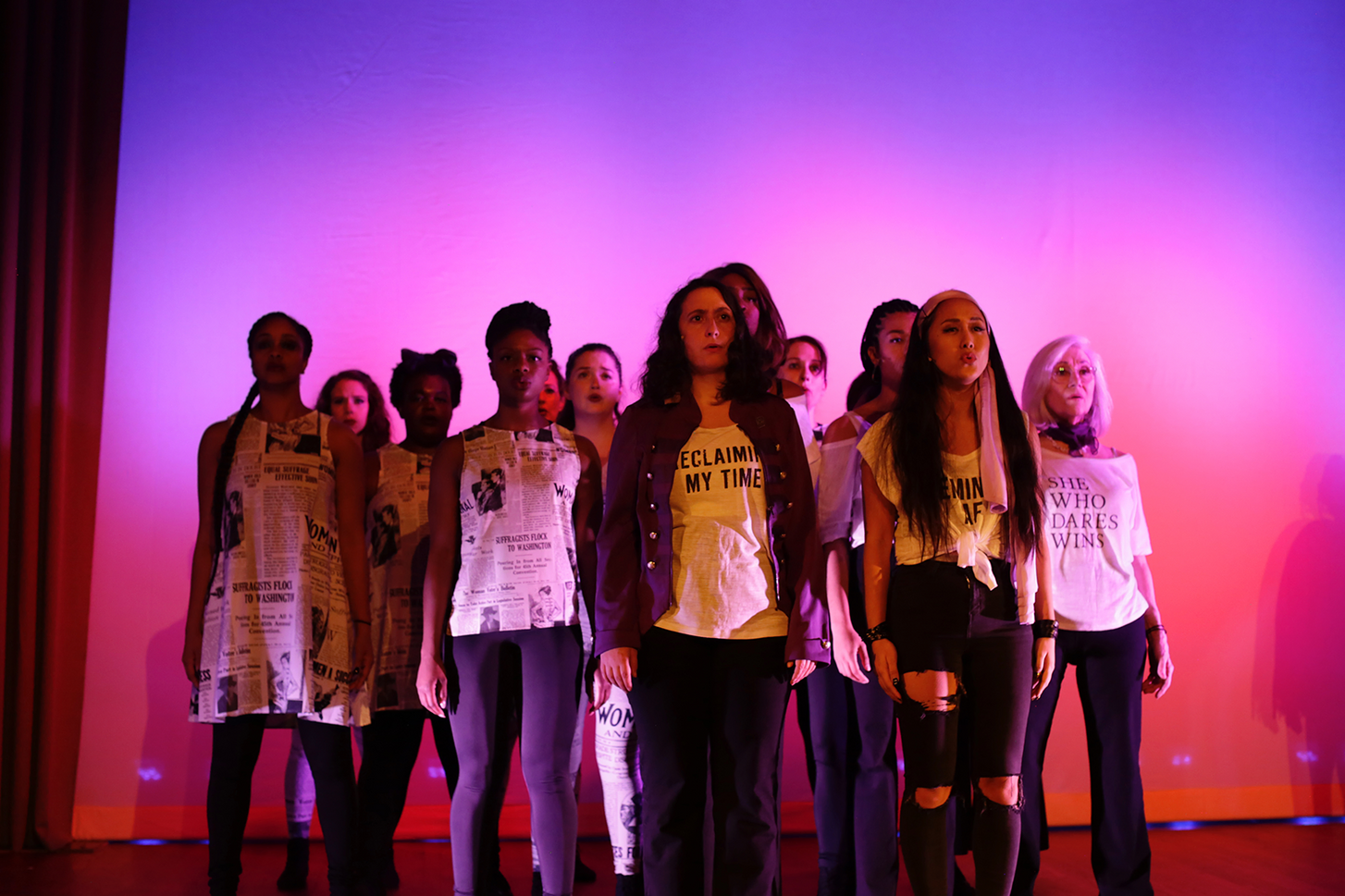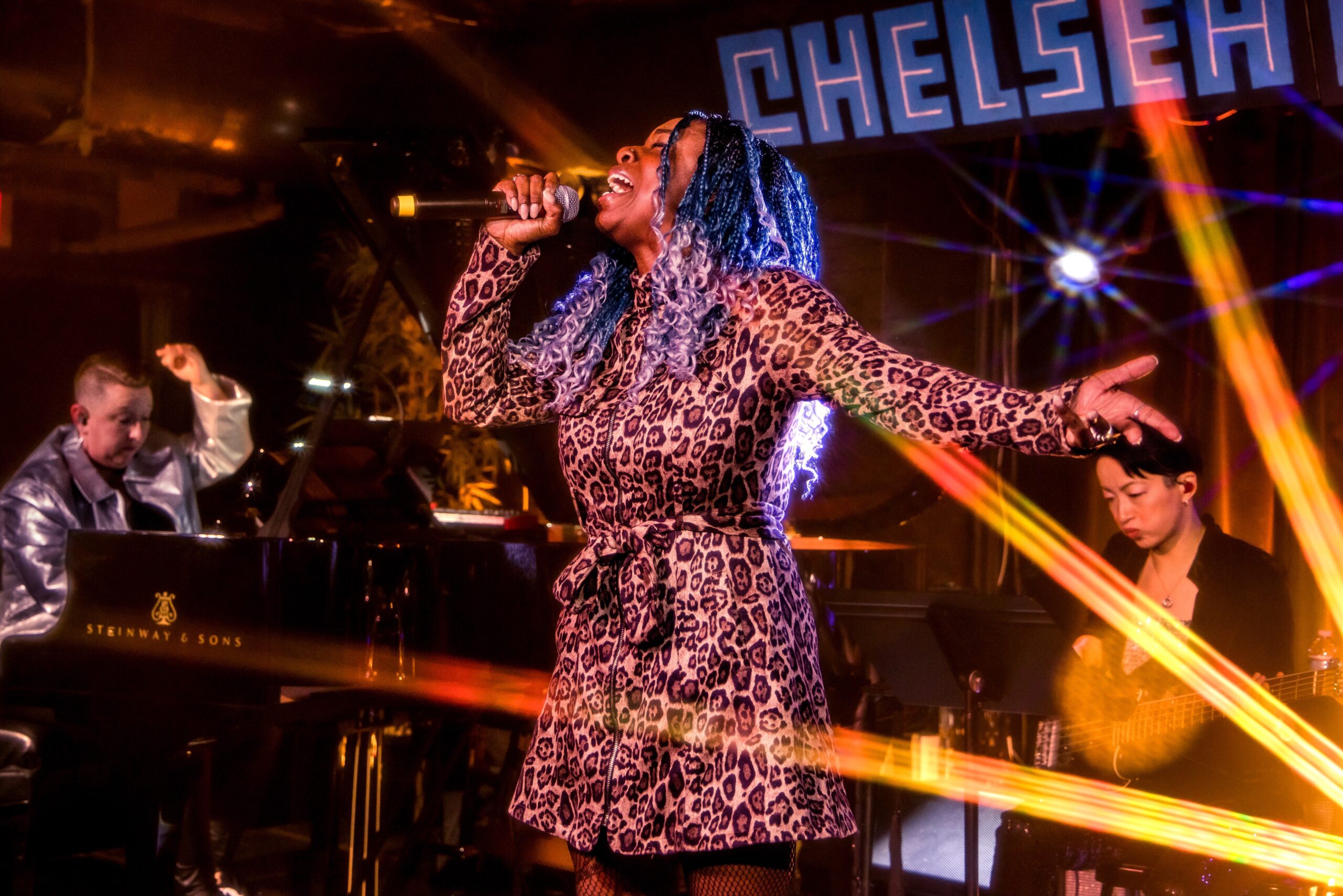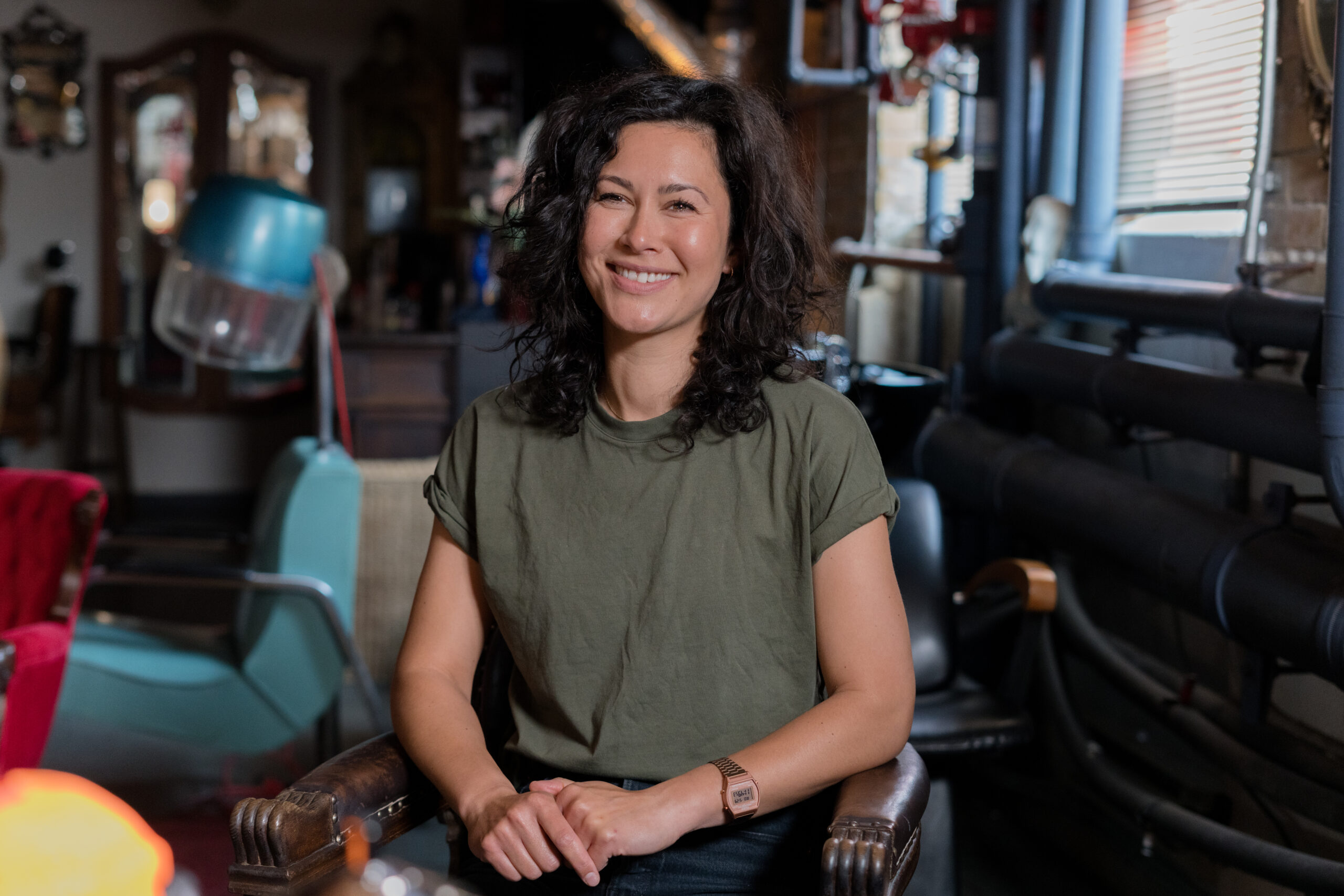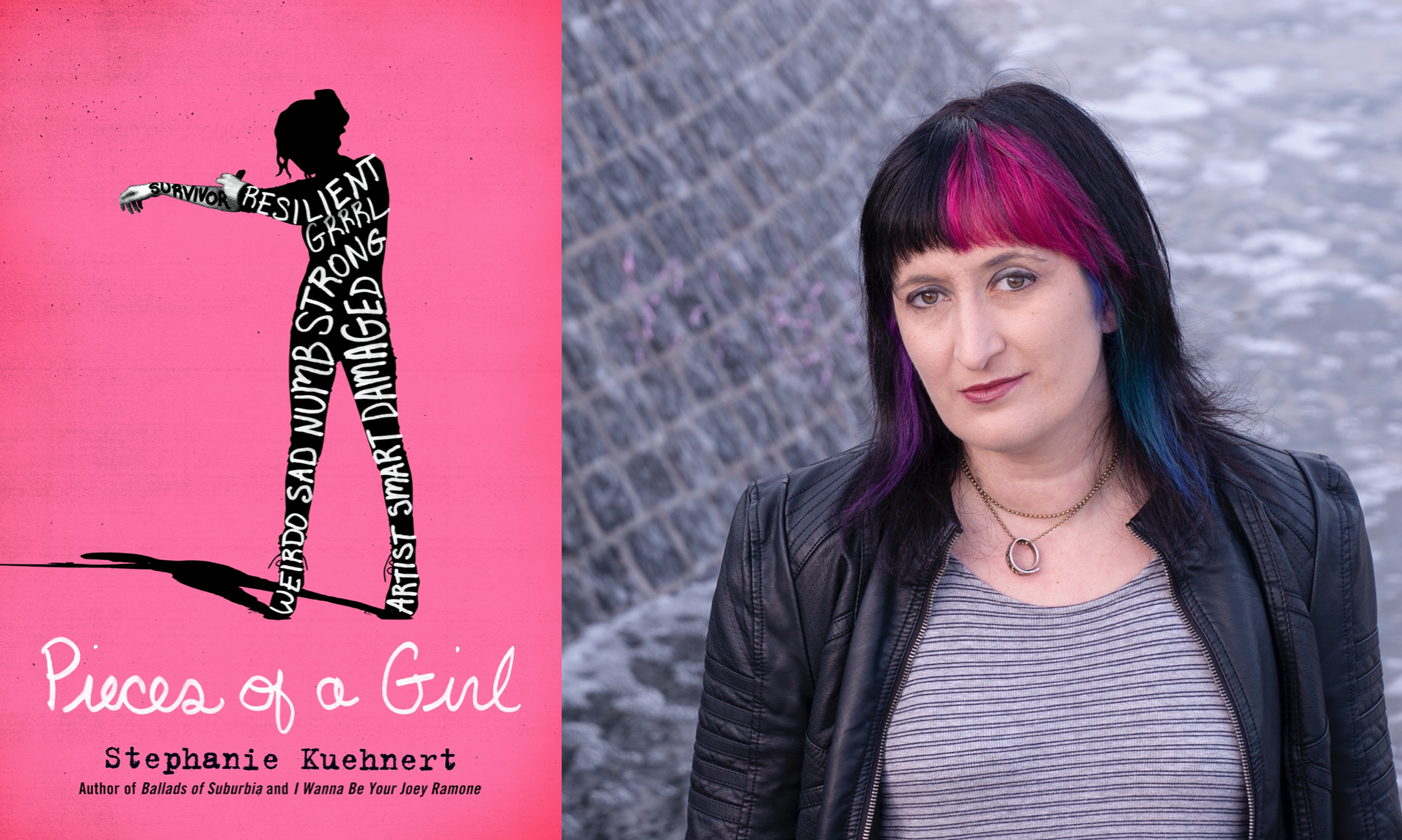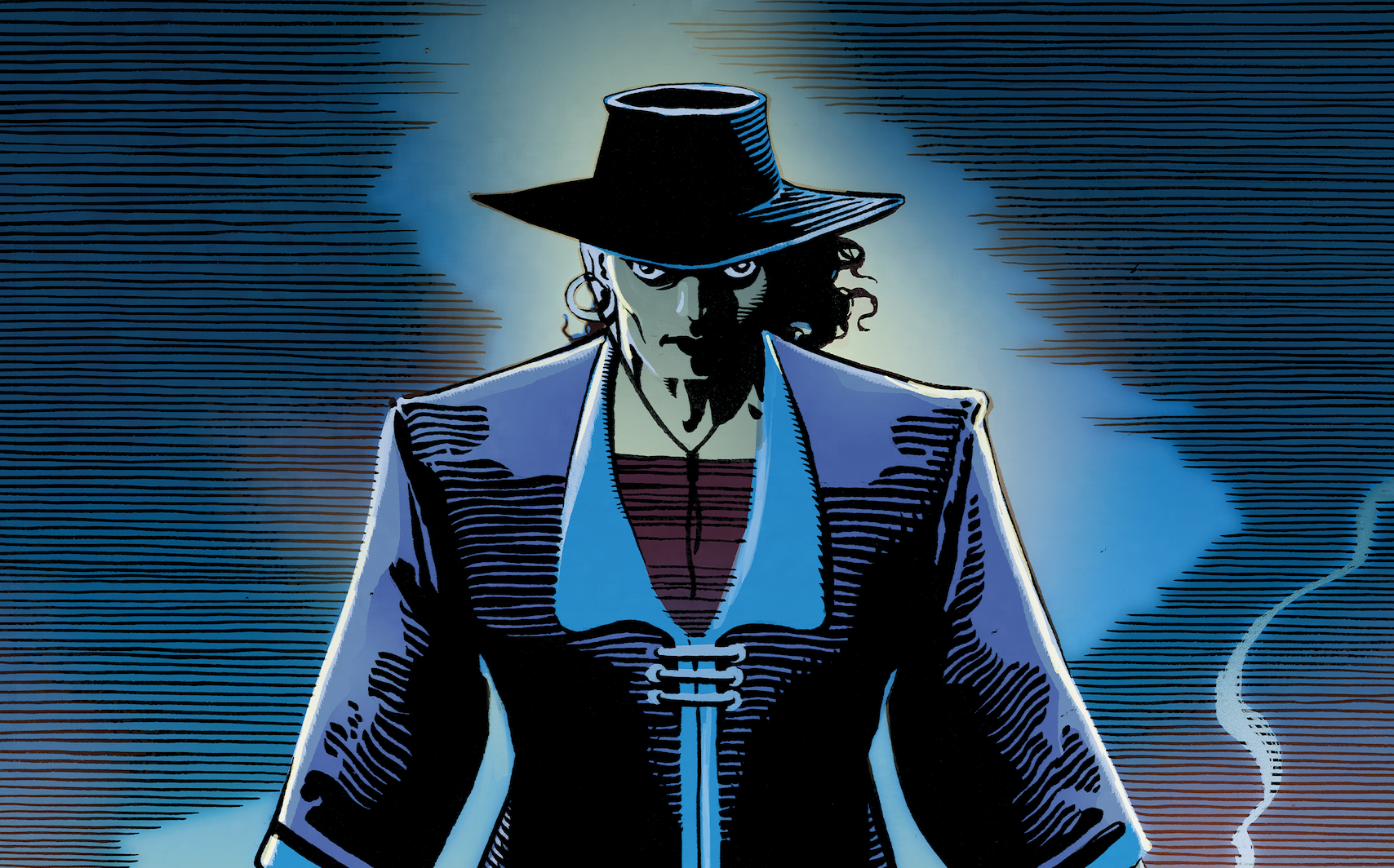
When you hear the word “punk”, or “punk music”, you typically conjure up images of men in mohawks, ripped jeans, screaming angrily into a microphone with an anti-establishment message that both tears your heart out and gets you excited to take on the world. You’d be forgiven for thinking of the 90’s punk scene as a male-dominated space saturated with famous male musicians that transport you back to an era right before social media existed and every regrettable but fun youth experience was not documented, but lived in real time.
What has been missing from the conversation about the punk era from the 90’s is the female perspective, a look inside the scene to know what it was like for the women in those bands and what they experienced. When Bikini Kill singer Kathleen Hanna pioneered the Riot Grrrl punk movement of the 90’s starting with the popular feminist fanzine, it brought the female gaze of punk into the mainstream, while also reminding fans that perhaps the anti-establishment ethos of the era didn’t do enough to center the voices and experiences of women.
Sharing her own experience as a member of an uber popular band of this era is punk performer turned photographer and writer Ali Smith from Speedball Baby. Her memoir, ‘THE BALLAD OF SPEEDBALL BABY’ (Blackstone Publishing) explores the highs and lows of the 90’s New York City punk rock scene from a female perspective, and will be on sale January 16, 2024.

Born and raised in NYC, Ali Smith picked up the bass in high school and began her first band, the promise of punk luring her a misfit crew to dingy bars around Manhattan’s Lower East Side. After years bouncing from band to band, Smith joined an edgy group that would become Speedball Baby, a decision that would take her around the world—from onstage at the legendary CBGBs to the red-light district of Amsterdam. Smith often found herself the only girl in a broken-down tour van, navigating the seedy underbelly of a male-dominated music scene full of addiction, violence, and misogyny—all while keeping her sharp wit and dark humor intact.
After touring worldwide and recording nine albums, Ali focused her creativity on photography, seeing her work featured regularly in the New York Times, The Guardian, and other publications internationally. Ali released two books of photography about women’s lives. The first, ‘Laws of the Bandit Queens’, led to a feature on OWN, Oprah Winfrey’s television network. The second, ‘Momma Love: How the Mother Half Lives’, won a Silver IPPY and an International Book Awards prize, was praised by the New York Times, and Gloria Steinem called it “a gift to moms.”
Giving us a much-needed female perspective on the NYC punk music scene of the 90’s, Ali spoke with us ahead of the book’s release to talk about the underside of the scene she experienced, how she managed to keep it together during the crazy wild ride of Speedball Baby’s tours and performances, and why she is passionate about telling women’s stories.
What made you want to write ‘The Ballad of Speedball Baby’?
I think we all get to a place when we look back and wonder “what was that (life) all about?!” Well my “what was that all about” included a lifetime in New York City, running around in a crazy music and art subculture and then traveling the world playing music at a young age. All while trying to figure out how to be happy. So… there was a lot to unpack when my head spun round to ponder the past.
I used to share stories with my dear friend — actress Miriam Shor (co-creator and star of ‘Hedwig and the Angry Inch’)— and she’d laugh and cry and we’d shake our heads and marvel at what we’d both been through as women cutting our teeth on the madness of New York City in a long gone time that was so edgy. She encouraged me to write these stories down and it went from there.
What were some of the emotions of feelings that came up by looking back through your memories and writing about them?
At first, a torrent of words came out, disjointed and overly emotional. But a memoir isn’t a diary. So once that burned off, the real, sometimes harder feelings came up. I was often left feeling very sad for the young girl who’d been through so many hard times, like the violent relationship I write about. But other times, I felt so proud of myself for having been a woman who realized early she wanted to get out and have adventures of her own, and I’m grateful I managed to do it.

What is it about NYC, and especially the music and art scene, that leaves such a lasting impression on people who live or visit?
NYC will run you through on a spike. When you’re energetic, enthused and feel invincible, what it will show you—without question— is that there is a place in it for everybody! As my friend used to say, you could be a Polar Bear who’s into S&M and you’ll move to NY and find “your people!” Or “your bears,” I suppose. And that’s an incredible lesson to learn.
No one got to own the New York experience in the 90s. Rich people didn’t get to buy actual culture and fun and excitement. In fact, they had a harder time accessing it as the people creating it were crawling around the Lower East Side and East Village, places they would have been scared to do any more than dip a toe in before cabbing it back uptown. Families pulled bar-b-ques down onto their stoops on hot summer nights on the Lower East Side and blasted music and danced until sun up with neighbors. Drag queens passed them, waving hello, on their way to the Pyramid Club and drug dealers helped old ladies across the street.
Not to romanticize it too much, but it was like that. If you behaved like a decent person, there was room for you and everyone co-existed in the noise and filth and excitement. You have to be strong to survive in New York, but when you’re open, all the truths and the thrills and the colors and sounds flood in and fill you up with life.
I think it’s harder to exist now in NY if you aren’t rich. It’s flooded with millionaires. Still, maybe if I were 20 years old, I’d find a way to enjoy life below the radar.
The dark side of the “everything goes” mentality of NY is that it’s constantly confrontational and can grind you to dust under its heel. There are very few soft places to land in New York, emotionally or physically. I know so many people dead from addiction or violence. I don’t know if that’s normal. Maybe it’s normal? But… it feels like a lot.
Punk has always been portrayed through a very male-dominated lens, especially in music. Why was it important to you to showcase a female gaze in this area?
We need more women’s stories told IN WOMEN’S VOICES, period. EVERYWHERE! It’s crucial. one of the most disappointing things about looking back on the punk and underground scenes was to recognize—with fresh eyes—how sexist it was. I thought we’d found each other in this edgy underground world in part because we rejected the hypocrisy and greed of the straight world: banks that foreclosed on working peoples’ homes; billionaire, union busting CEOs who claimed (as they still do) they couldn’t afford to pay their workers a living wage; restrictive, destructive gender norms and stereotypes that we loathed long before words like “toxic masculinity” became an articulated thing.
It was much more isolating then to totally reject those things. So when I did, I assumed those next to me agreed we were against all the “isms”: racism, classicism , sexism… but those things were all there. If you can say that punk has a basic story line, it’s been told—with rare exceptions—from a male point of view. The Lunachicks and Kathleen Hanna have recently released books as well. That’s great! More more more!

In your book you talk about seeing some hard things in the punk scene while traveling around the world as a musician – addiction, violence, and misogyny to name a few. How did you keep it together during tours, and where did you turn to for support?
It’s funny because the other day I came across a tour diary I hadn’t seen in decades and from time to time, looking back, I wonder “was it really as hard as I remember it?” because I know I had a lot of fun too. But then I read this and there was a story I’d completely forgotten about which was more scary and aggressive than most I’d remembered! It shocked me and, funnily, delighted me that I’d been right and hadn’t exaggerated.
My sense that I had to prove I could handle anything kept me, at least on the surface, tough. NY gave me some street smarts. I sort of bumbled through lots of dangerous situations, trying to find the soft spot in the hardest people and truly connect. Often, that was in order to avoid being beaten up by them. But also, because that’s how I am. I assume we’re all kind of soft and mushy on the inside. Somehow that combo seems to have kept me relatively safe.
Sometimes I broke down on tour and then it was generally my best friend and bandmate, Matt, who helped me. For 30 years now, Matt and I have not really stopped laughing for long. He can find the fun in anything. We’d laugh or he’d read me something or we’d draw “exquisite corpse” drawings together and shut out the rest of the world. And he always respected my choice not to do drugs when everyone else was. That made our bond above and beyond the sometime dark world around us. Then there was a period of time when I drank too much whiskey to cope. But mostly that just gave me heart palpitations. So I went back to laughing.
Also I kept journals and took photos. Maybe I thought someday I’d write a book and it would all feel worth it.
Following on from your music career you’ve had a successful career as a writer and photographer. Can you tell us about the focus on women’s lives in your photo books, and why you wanted to document them in ‘Laws of the Bandit Queens’ and ‘Momma Love: How the Mother Half Lives’?
I created ‘Laws of the Bandit Queens’ (Three Rivers Press / Random House) after I’d been touring a lot and felt overwhelmed by the maleness of my surroundings. I wanted to reach out to women who’d succeeded in their careers despite being unconventional. I photographed them and asked them each for a “life law” by which she lives. I hoped to construct a new “womanfesto” with which to look at life. Alice Walker, Lydia Lunch, Sandra Bernhard were amongst the 35 incredible women involved. There were big events with these incredible women performing and speaking, and a Television feature loosely about how to think like a “Bandit Queen,” the moniker given to Phoolan Devi, a revolutionary female “Robin Hood” type personality to the lower castes in India in the 1980s and 90s. The project totally reinvigorated me.
My driving force is to share meaningful stories, usually about society’s underdogs. While I’m loathe to call women underdogs—after all, I am one and am quite powerful—as a group, we do take a heaping helping of shit in this world. Especially when we refuse to comply. I’ve been hit, sexually assaulted, harassed, manipulated and it always somehow seemed connected to my femaleness. I assume that’s relatable to most women. Maybe all women. And it’s a life calling for me to call bullshit on it. To illuminate that for those who might not understand, and to support those who want to scream about it.
‘Momma Love: How the Mother Half Lives’ was a continuation of that desire to give women a place to be honest in a space where we’re constantly judged and bullied— motherhood. The place we are threatened to be reduced and erased the most, in some ways. Gloria Steinem wrote the back cover copy for that book which felt like a personal triumph.

What did you feel was missing in the larger narrative about women’s lives whether it be in music, art, culture etc?
What was missing was stories that were not validated solely in relation to their proximity, relationship or usefulness to men.
Debbie Harry is an amazing artist and one thing I’ve always appreciated about her is that despite having “the face,” she did everything she could to be interesting in other ways. She wore garbage bags for clothes. She lived a threadbare life in service of making art. She’s funny and she’s clever and talented and she could have been reduced to “pretty.” But she used it and subverted it instead.
There are so many examples of cool, interesting women who are gorgeous in a million ways saying screw your standards. I grew up in America in the era of Christy Brinkley and Suzanne Summers—little button-nosed blondes. That made my big honker of an ethnic nose “unpretty” and from a REALLY young age, I treated it like an affliction. What a waste of time. How silly. Billie Eilish is a great modern example of a woman who, if she feels plagued by body image standards and judgment (and who doesn’t), has made her statement clear about choice and ownership. She’s no pawn and no clothes hanger for other peoples’ thoughts.
Any person pushing against the ridiculous, minimizing, boring norms society continually insists we care about is fighting the good fight. And we need to see those people and hear them as much as possible.
With a passion for telling women’s stories, what were the most challenging and/or surprising parts of sharing your own story in ‘Speedball’?
I worried people would take me to task for being in a band only with men. I feared I might come off as soft, boring, depressing because I’m committed to making myself vulnerable in the storytelling.
I remember going to a dinner with my son’s friends’ parents about ten years ago. It turned out the father had been a massive fan of my band and it soon became clear he’d hoped I’d entertain him all night with wild stories of crazy drug taking antics. All I wanted from the evening was some chats and for him to pass me the salad and the red wine.
I felt I’d horribly disappointed him by the end of the night. So sometimes in my more reflective moments in the book, I’ve thought “I wonder who will think I’m a boring wimp?” But ultimately, that’s the strength of the book. I’m not afraid to be vulnerable. and that makes it a much different type of music memoir. Because all of us are vulnerable, really. The “worst” of us were hurting in different ways in those days. What a relief to be able to finally admit it!

Why does the world need more women sharing their stories today, more than ever?
I don’t know that it does more than ever. There’s always been a sorrowful lack of that. Think of all the women who had to write under assumed male or gender-neutral names because nobody believed a female name could sell books. From Charlotte Brontë to Louisa May Alcott to Harper Lee to many more recently. It’s pathetic really. So, of all times, this is probably not the most urgent time we’ve needed to hear women’s voices.
But it’s the only time so far EVER that the gatekeepers will let them be heard. Or rather that women are done waiting to be let through the gate. Also, some of the worst gate keepers—like Harvey Weinstein—are being taken down. Michaela Coel. Phoebe Waller-Bridge. Monster female talents like them have always existed. Now they’ve got the mic and we’re all better for it. The women I grew up with were grabbing that mic with raw nerve and against all odds. The world just had to catch up with us.
What are some of the stories you hope to document and tell in the near future? What sub-culture or genre is on your “wishlist”?
I’d like to write a lot more about the ways in which damage done to a child resonates throughout the world. And not in the ways you might expect that to be written about. I’m working on a series of stories now.
What do you want readers to feel after reading ‘The Ballad of Speedball Baby’?
Excited! With a sense of endless possibility, potential, pride and self-respect. We’ve all been through a lot. And there’s a lot of beauty—and definitely no shame— in that.
Pre-order your copy of ‘Speedball Baby’ HERE, and follow Ali Smith on Instagram.













